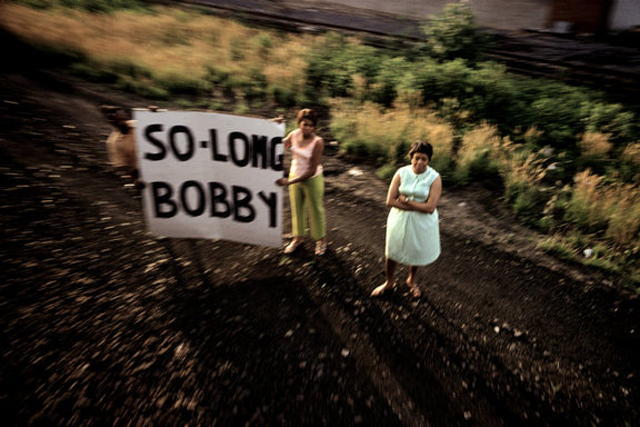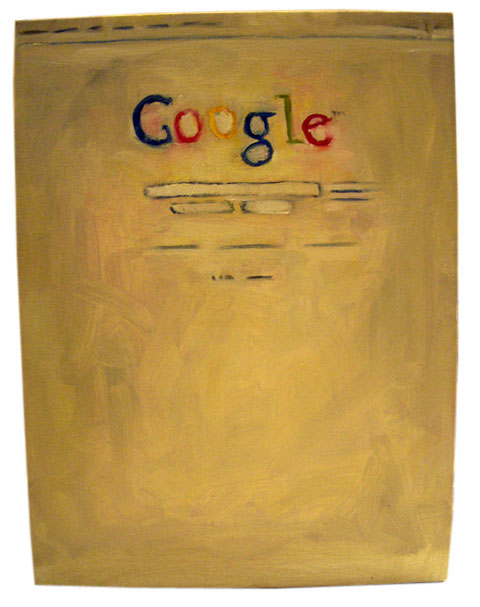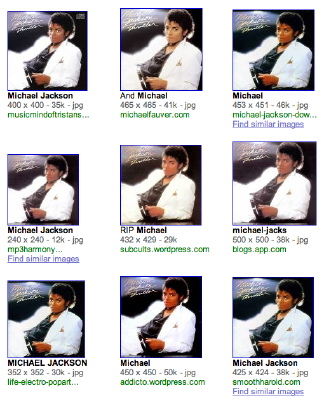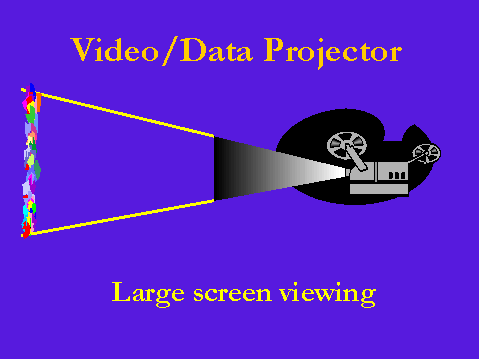Open Archive Abbotsford
97 Nicholson Street Abbotsford
Melbourne, Australia
7pm November 30, 2011

Emile Zile is an artist, filmmaker and performer.

Omer Fast: Dialogue, Reality, Fiction, Documentation, Overidentification, Recreation, Narrative.
Antiphotojournalism: Truth, Representation, Evidence, Distribution, News, Mourning, Humanism.
See them while you can.
NIMk until July 23 – curated by Petra Heck. Foam until June 8. Amsterdam – curated by Carles Guerra and Thomas Keenan.
http://www.foam.org/press/2011/antiphotojournalism
http://nimk.nl/eng/omer-fast-interview

This week I will be conducting a workshop at the Netherlands Media Art Institute for Video Vortex, an international conference on the politics and aesthetics of online video. Netherland’s Beeld en Geluid archive have opened up their state collection of broadcast media for participants to remix and re-release into orbit.
On Saturday night I will perform a new work, *best*RapidEssayNSFW!!, a live essay-video using prepared and online a/v sources. Caveman VJ’ing. Brutalist effects. Think of millenial dot com crash cult leader monologues, evolution and decay, language and truth, animism and portraiture. Constant Dullaart, Anja Masling and Giorgi Tabatadze are also showing work, Katja Novitskova will be the DJ.
Production still from *best*RapidEssayNSFW!! test.

1. Laibach – Predictions of Fire 1996
In the early 80’s, an industrial rock band named Laibach emerged out of the Yugoslav republic of Slovenia. Incorporating what many took to be fascist imagery in their performances, they shocked this small Balkan republic and, after signing a recording contract with London’s prestigious Mute Records label, went on to shock the rest of the world as well. Laibach was soon joined by a painting group, IRWIN, and theater group, Red Pilot, at the helm of one of the most ambitious and cutting-edge arts collectives in the world. Modeled after a socialist state bureaucracy, and calling themselves Neue Slowenische Kunst (New Slovenian Arts, or NSK), these three groups became the titular heads of a micro-state within the independent republic of Slovenia. NSK recently began issuing its own passports and opened embassies and consulates in Moscow, Berlin, Ghent, Florence, and in the US.
https://www.youtube.com/watch?v=ziivUUKHf-I
2. Aleksandra Domanovic – Turbo Sculpture 2010
Turbo Sculpture is questioning the emergence of a new kind of public art in ex-Yougoslav republics. The title of the video is a reference to Turbofolk, a popular style of music from the Balkans that freely samples traditional and contemporary sources. A sculpture of Bruce Lee, or of Rocky are politically neutral and common cultural references for the different communities that were at war for over a decade in the 1990s. While the war time Turbo Culture was mostly associated with exaggerated nationalism, almost pornographic kitsch and crime glorification, the post war Turbo boldly contrasts nationalist xenophobia while retaining its stylistic identity.
https://vimeo.com/17523698
3. BBC4 – Nicolae Ceausescu, The King of Communism 2003
Nicolae Ceausescu created a unique personality cult in the 1970s and 1980s, transforming communist Romania into one of the strangest regimes Europe has ever seen. Newspapers had to mention his name 40 times on every page, factory workers spent months rehearsing dance routines dressed as soldiers and gymnasts for huge shows at which thousands of citizens were lined up to form the words Nicolae Ceausescu with their bodies. When the Romanian economy and living standards plummeted in the 1980s, the line between theatre and life blurred completely. Ceausescu went on working visits to the countryside where he inspected displays of meat and fruit made out of polystyrene, and closer to home began work on what would have been the largest palace in the world. At the final parade in 1989, workers walked past their leader to the sound of taped chants and applause.
https://www.youtube.com/watch?v=X5gVsYNGycc
tired of the mirrors, noise and eyes.
tired of prickly, intimate and fleshy human relationships being flattened into ‘friend’-nodes, the erasure of myth by constant visibility and exhausting availability.
what kind of network society do i want to support? a closed compound of willingly data-mined crayons or an open net of chance and unpredictability?
if facebook is the brightly-lit suburban mall of internet communication, i want to be under the bridges; in the torrent-swapping irc channels, small social networks, anonymous message boards and darker locations thriving with their own individual languages and codes.
tired of feeling exposed, of being infantilised, of being farmed.
the incessant ‘now’ of FB started to infect my creative process; making for ‘blip’ attention spans and the enormous appetite of the beast, as Geert Lovink puts it ‘feeding a machine’. I want to think in longer time frames to make deeper work.
tired of feelings of interpassivity and the formless mild angst it instills in me; spectacle 2.0 and the build-your-own-ego-ghetto.
hello friends, goodbye facebook.
Revulsion in every direction. A burning black hole of explosive anger – given a physical shape by a body trapped in circumstance. A body that is barely able to contain it’s energy.
2dollar shop Australiana decaying on the bonnet of a burning police car. The Museum is a carrier of the violence of incarceration; ethnic typecasting; the leisure classes.
“Too ethnic for SBS” – Too angry for reality television, too real for silence, too alive to die. A bastard son mongrel dog of a prick, primed to kick back at the forces which try to contain it.
A post-colonial audiovisual essayist, using as his tools cheap midi controllers, usb devices and undiluted aggression exorcised from the depths of an amnesiac Australian culture.
https://vimeo.com/11747138

Google screenshot painting by Tyler Wilde.
Article by Dutch-Australian media theorist Geert Lovink on google, society of the spectacle/query and the shape of critical thought in this info-glut.
‘The society of the query and the Googlization of our lives’
http://www.eurozine.com/articles/2008-09-05-lovink-en.html
An excerpt
Ever since the rise of search engines in the 1990s we have been living in the “society of the query”, which, as Weizenbaum indicates, is not far removed from the “society of the spectacle”. Written in the late 1960s, Guy Debord’s situationist analysis was based on the rise of the film, television and advertisement industries. The main difference today is that we are explicitly requested to interact. We are no longer addressed as an anonymous mass of passive consumers but instead are “distributed actors” who are present on a multitude of channels. Debord’s critique of commodification is no longer revolutionary. The pleasure of consumerism is so widespread that it is has reached the status of a universal human right. We all love the commodity fetish, the brands, and indulge in the glamour that the global celebrity class performs on our behalf. There is no social movement or cultural practice, however radical, that can escape the commodity logic. No strategy has been devised to live in the age of the post-spectacle. Concerns have instead been focusing on privacy, or what’s left of it. The capacity of capitalism to absorb its adversaries is such that, unless all private telephone conversations and Internet traffic became were to become publicly available, it is next to impossible to argue why we still need criticism – in this case of the Internet.
Ken Hollings has an essay on MJ in the new Zero books publication ‘The Resistible Demise of Michael Jackson’, edited by Mark Fisher of Kpunk blog.

Providing an antidote to the mixture of unthinking sentimentality and scurrilous prurience that Jackson usually attracts, this book offers impassioned and informed answers to the urgent questions that Jackson’s death has posed. What was it about Jackson’s music and dancing that appealed to so many people? What does his death mean for popular culture in the era of Web 2.0? And just how resistible was his demise? Was another world ever possible, something perhaps utopian instead of the consensual sentimentality of a world hooked on debt, consumerism and images? The essays in The Resistible Demise Of Michael Jackson consummately demonstrate that writing on popular culture can be both thoughtful and heartfelt. The contributors, who include accomplished music critics as well as renowned theorists, are some of the most astute and eloquent writers on pop today. The collection is made up of new essays written in the wake of Jackson’s death, but also includes Barney Hoskyns’ classicNME piece written at the time of Thriller.
Contributors: Marcello Carlin, Robin Carmody, Joshua Clover, Sam Davies, Geeta Dayal, Tom Ewing, Dominic Fox, Jeremy Gilbert, Owen Hatherley, Charles Holland, Ken Hollings, Barney Hoskyns, Reid Kane, Paul Lester, Suhail Malik, Ian Penman, Chris Roberts, Steven Shaviro, Mark Sinker, David Stubbs, Alex Williams, Evan Calder Williams
http://www.facebook.com/group.php?gid=95349500794
Wednesday night in Amsterdam, a selection of videos that inspire. Including Biggie Small’s funeral procession, Corey Delaney’s A Current Affair interview, Aum Shinrikyo Anime and John Kilduff’s Let’s Paint TV.

Coming Wednesday (the 27th) it’s time for the second Beam club hosted by De Verdieping.
This time Special guest Ben Cerveny (one of the inspirational fathers of www.flickr.com) Coralie Vogelaar and Emile Zile will show what truly inspires them in terms of movies, internet, YouTube, documentary fragments or otherwise.
Doors open at 20:30. Film starts at 21:00. Entrance is free.